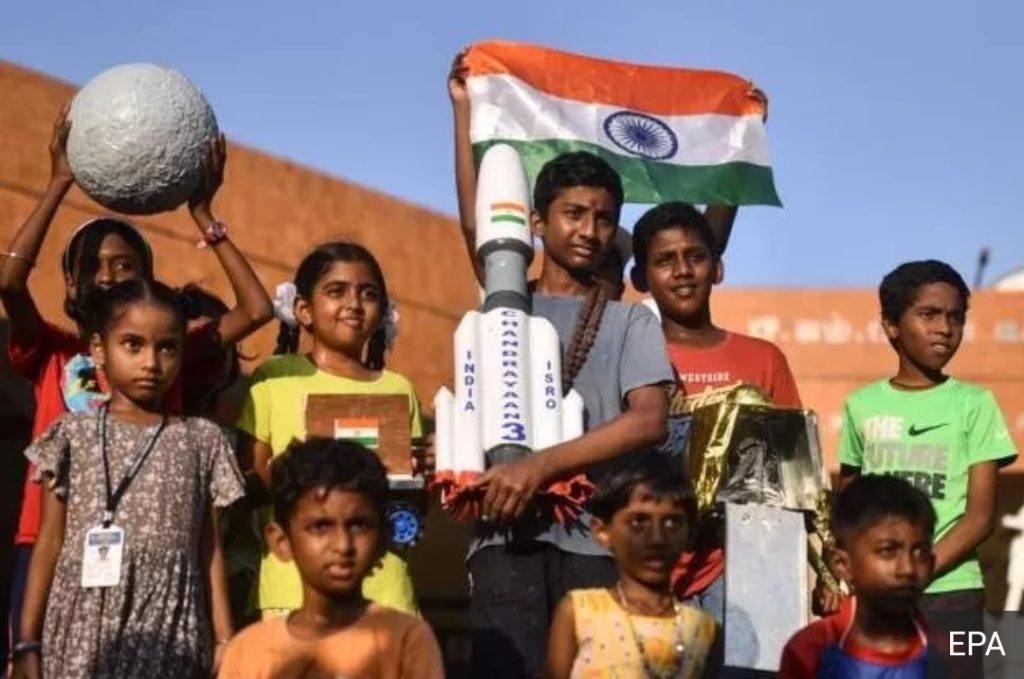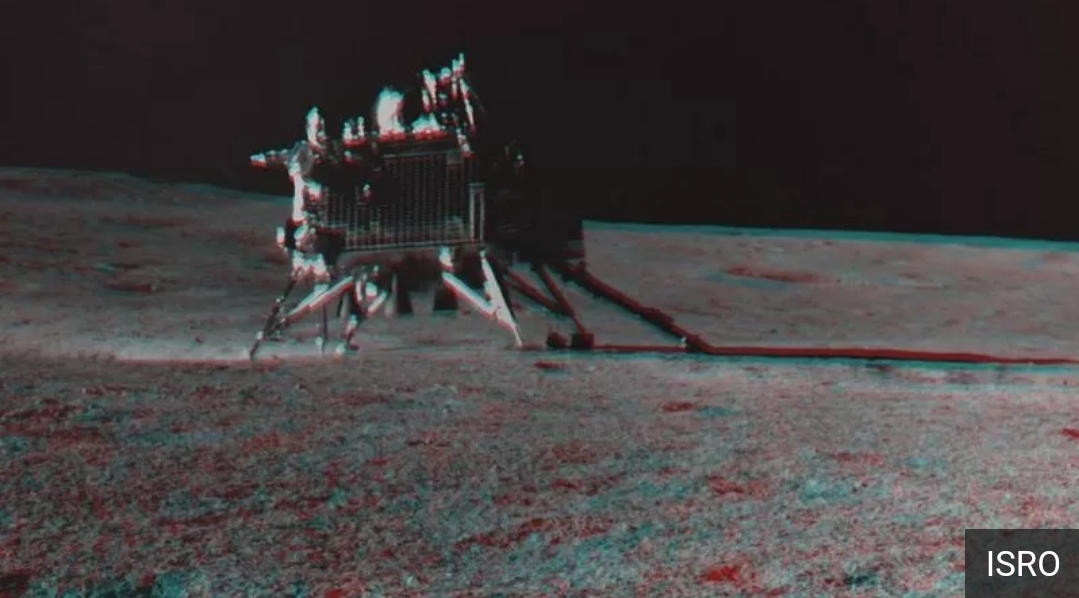Isro chairman S Somanath told STOI: “Till now there has been no signal, but I cannot say it will not come up. We can wait the entire lunar day (14 Earth days) as there will be continuous sunlight throughout that period, which means temperature will only go up. As long as the temperature is increasing there are chances of systems inside getting warmed up. So the systems could even wake up even on the 14th day, there is no way to predict when it could happen.”
He said there were multiple advantages to the two systems waking up again, the primary one being the ability to repeat the in situ experiments.

Regardless of whether the two get a second innings, the Chandrayaan-3 mission is successful with all mission objectives — demonstrating safe and soft landing, rover roving and conducting in-situ scientific experiments — having been met during its mission life. Vikram, in fact, exceeded the same by even performing a “short” lunar hop.
Multiple Isro scientists TOI spoke with reiterated that Vikram and Pragyan waking again would be a bonus second innings for the mission and that the data the two have sent when they were awake is expected to give new information given that all earlier in situ experiments were carried out in the equatorial region of the Moon.’
